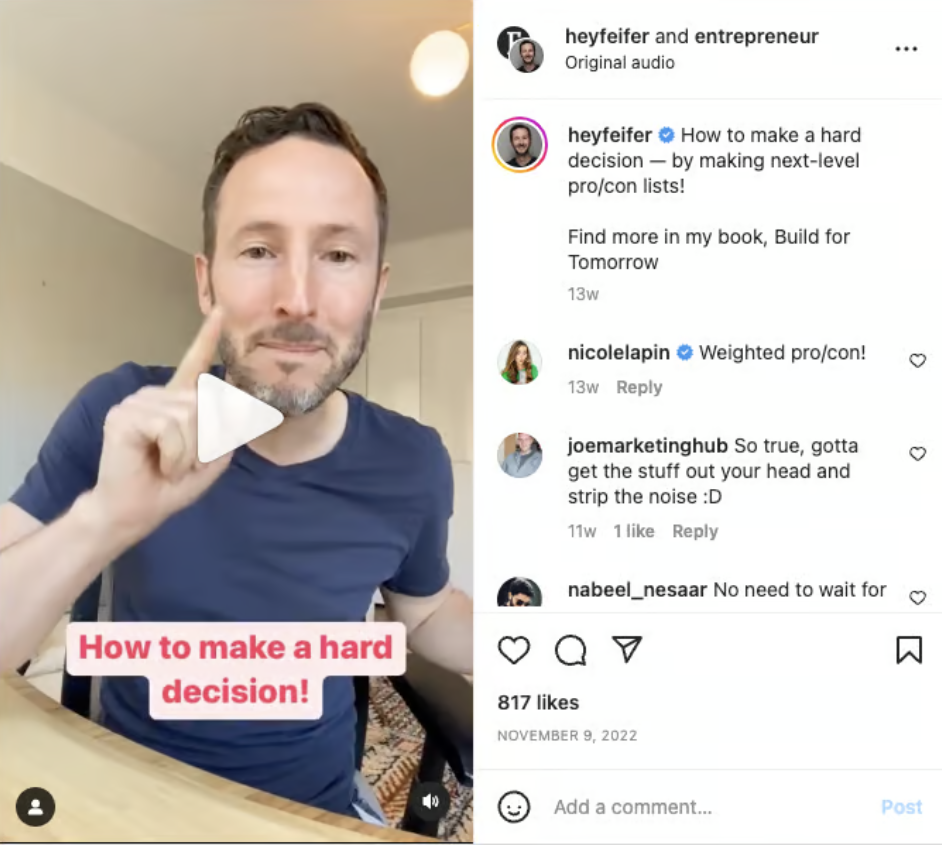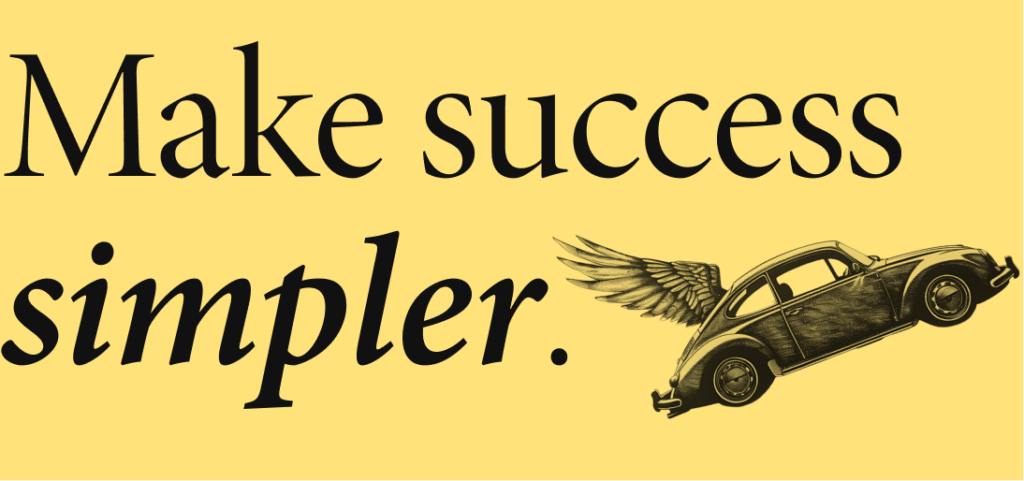Welcome to One Thing Better. Each week, the editor in chief of Entrepreneur magazine (that’s me) shares one way to level up — and build a career or company you love.
Today’s one thing: Speaking in public.
That one thing, better: Don’t speak as yourself. Play a character instead.
But before we help build your character, a quick story…

That’s me at 21. I was fresh out of college, working at a local newspaper, and my editor thought it’d be fun to put me on TV as a talking head.
Do I look like I was having fun? No. That’s because I was having a meltdown. My mouth could not form words. My eyes could not find the camera. It was a mess.
I remember feeling so exposed. I kept thinking, like, “I am not a TV Person!” I was just a Normal Person — and so, when I was on TV, I did Normal Person things, like stammering and forgetting what I was saying and being awkward awkward awkward. I vowed to not do it again.
But as my career progressed, I kept being asked to do more of it. Go on radio. On TV. On stage. I didn’t want to lose these opportunities.
And this is important for everyone — even if you’re never invited on TV or a stage. When you’re a good public speaker, you can communicate better with your team. You can gain recognition in your industry. You can present your ideas more clearly.
But how? Slowly, I came to a realization — and it’s the lesson I want to give you today.
Here’s why people are uncomfortable speaking in public:
It’s because they feel exposed, like I did. They feel vulnerable. They’ve lugged their big, complicated self in front of an audience, and now it’s all in the open for everyone to see.
They don’t know how to talk. They don’t know how to move. They don’t know how to give an audience what they want.
There’s a solution to that:
If you’re uncomfortable putting yourself out there, then don’t. Instead, create a character of yourself… and put the character out there instead.
To be clear, this character isn’t someone totally different. I’m not asking you to be Daniel Day-Lewis. Instead, this character is you — just a refined, confident, very intentional version of you.
Think of it this way: You are 100% human. Now find the 5% of you that’s relevant to your audience. This 5% is confident, competent, and full of knowledge. This 5% has the answers that people seek. This 5% is built for your audience’s needs.
You’re taking the most relevant parts of you… and then you’re just being that.
That is your character. You’re that slice of yourself. Now, let’s start building this character.
How does this character talk?
Maybe it’s with a lot of energy. Maybe it’s steady and soothing. Maybe your character is funny. Or serious. Or earnest. Any answer is fine, so long as you are intentional about how you talk. After all, audiences are drawn to confidence. And confidence comes from feeling in control.
I worked hard on this for myself. I tried on a couple styles and discovered that, when I was really high-energy and fun, I felt confident and people reacted well. Then I started calibrating it. For a while, I was WAY TOO MUCH. Like, I practically yelled at cameras. So I worked to tone it down — maintaining an engaging energy, but without being overwhelming.

Do I talk in a HIGH ENERGY VOICE at dinner with friends? No. That would be obnoxious! But on stage, it works. Because when I slip into that voice, I’m in command of people’s attention. And that gives me the confidence I need to keep going.
How does this character act?
Same thing as above. Are you slow and deliberate? Are you waving your arms around?
Also, what does this character say? What’s your character’s point of view? Are they a relentless optimist? A careful realist?
And what does your character really, really care about? Who do they relate to? What is their mission?
I was once talking about this with my friend Jon Taffer, who hosts the great TV show Bar Rescue. On the show, he’s big and imposing. He yells. He storms around. It makes for great entertainment! But in person, he’s softer and more thoughtful. And he’s come to think of it like this: On TV, he’s “Taffer”. In real life, he’s “Jon”.
After years of this, I have a clear idea of my own character. He is cheery, easy with a laugh, but will also intensely advocate for what he believes in. He moves and talks with energy and speed, but is also careful to pause, to consider, and to bring people along. And what does he care about? He cares about helping people build things they love. He is biased towards them — he wants them to succeed. He empathizes with them. And he is on the same journey as them. This means he speaks in stories and experiences; he shares what he’s learned and how he’s learned it, and isn’t afraid to share where he messed up too, because he knows that only increases his audience’s trust.
In short, he is here for you.
Now, how is that different from me, the whole Jason Feifer? All of the above is still true, of course — but the thing is, the real me is just more complex. The real me meanders; the real me might have a bad day; the real me has additional interests and hobbies. But none of that is relevant to the audience I speak to, so when I speak to them (or write to them, as I’m doing now!), I just set it all aside. I am the 5% they need. That’s my job. And so that’s my character.
Once you know your character, you can inhabit it whenever necessary.
And when you do that, you can be who they need you to be. Which is the goal.
For more tips on public speaking, check out this episode of my podcast Help Wanted!
